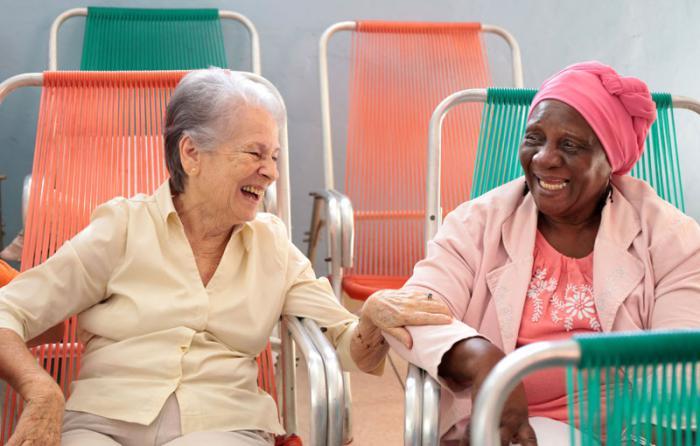
A higher state budget to address Cuba's demographic dynamics has been approved for 2023, when 2,113 million pesos will be used to support actions against accelerated demographic aging.
Throughout the country, the indication has been that territorial programs should give priority to such sensitive issues as the decrease in the working age population and the economically active population, the increase in urbanization (despite the decrease in the urban population) and the average number of persons per household.
Resources should not be allocated to the solution of a single program, Party Political Bureau member and Prime Minister, Manuel Marrero Cruz,as was recently indicated during a meeting of with authorities related to the issue.
The Cuban population aged 60 and over represented about 21.6% at the end of 2022, consolidating itself as the only population group that is growing in the country, with almost 2.4 million people in this age group, it was announced during the sessions of the Cuban Parliament held in December.
In response to this reality, this year the territorial governments will allocate more resources for the construction and maintenance of children's care center, homes for the elderly, maternity homes and grandparents' homes, the construction of housing for mothers with three or more children, as well as housing needs.
Strategies have also been designed to provide resources for the production of stomatological and hearing prostheses, as well as for the infertile couple care program and the modernization of equipment for assisted reproduction centers. Numerous training activities are also included.
The joint evolution of variables related to fertility, mortality and internal and external migrations reveal the complexity of Cuba's demographic dynamics, very similar to those of developed countries, but with the characteristics of a developing society and economy under the impact of the strong economic, financial and commercial blockade imposed by the United States for more than 60 years.
In 2022, Cuba updated its national policy to address demographic dynamics. In a prioritized manner in the territories, it was established that the response to the needs of the elderly; the attention to safe motherhood, adolescent fertility and infertile couples; the needs related to housing for mothers, fathers or legal guardians of children up to 17 years old, and young people; the proposals to address the mobility and internal and external migration of the population; and the availability of labor force in correspondence with the development strategy of the territory would be controlled.
Translated by ESTI















